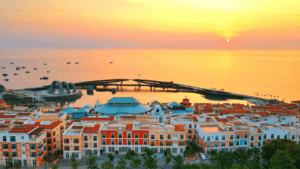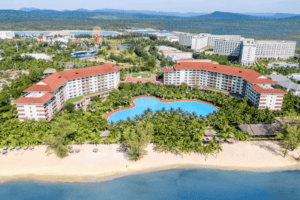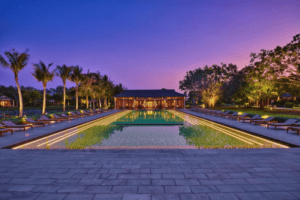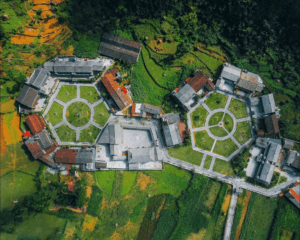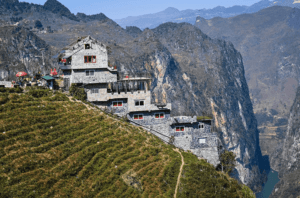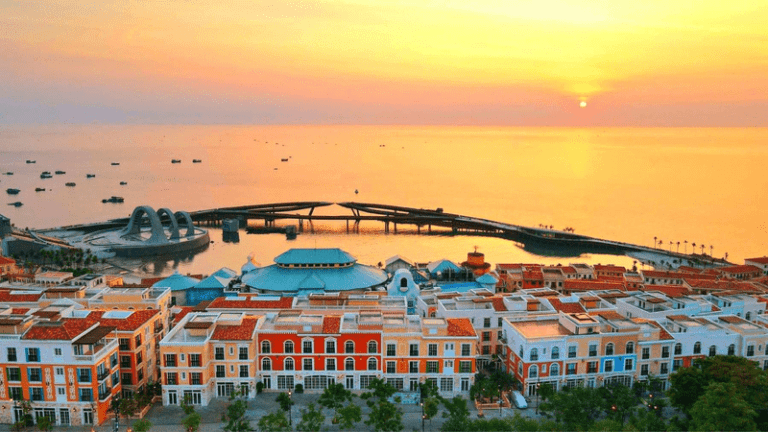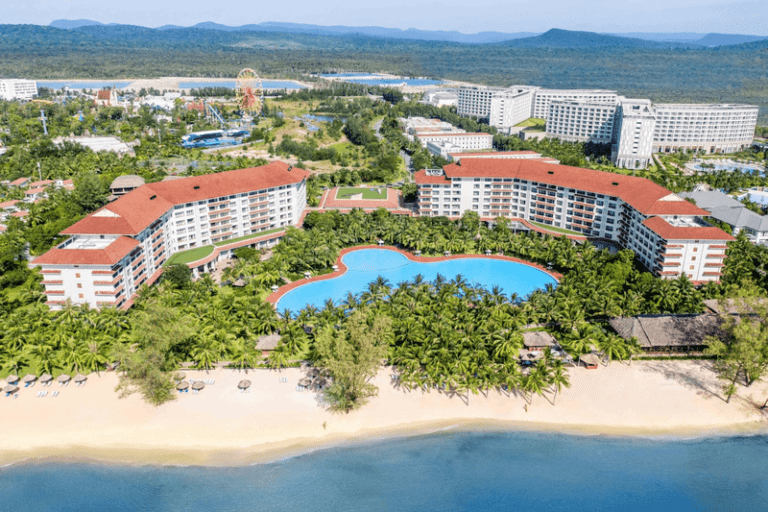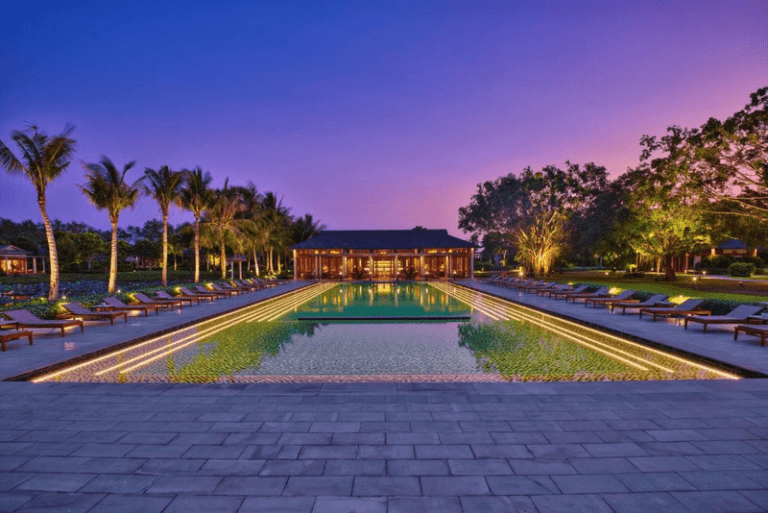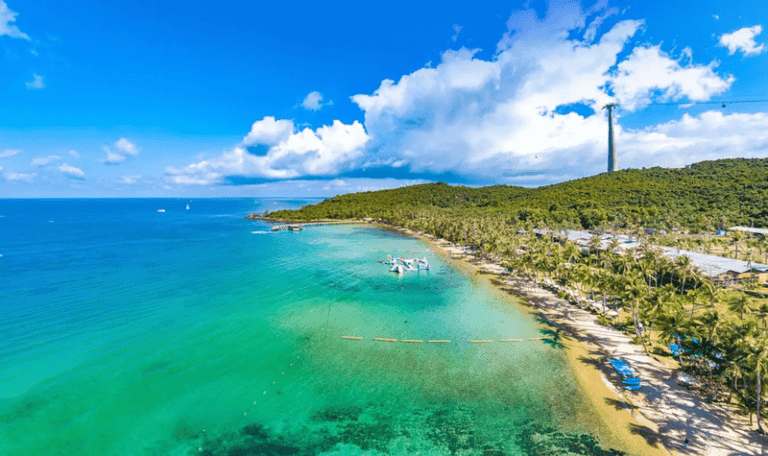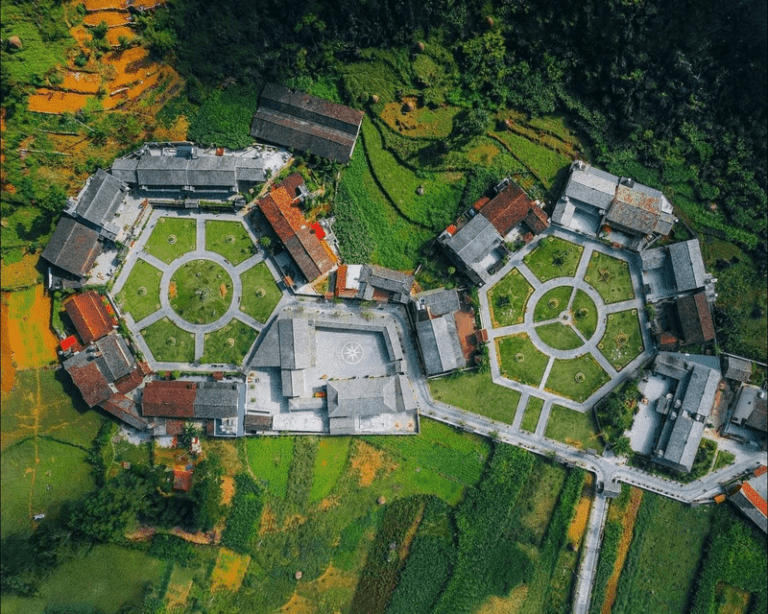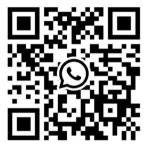Travel brings a lot of positive aspects. About two billion people travel every year. Through exchanging experiences, cultural awareness, and community development, tourism unites people and brings the world closer together. Tourism creates jobs, promotes the development of the region and is the main driving force for socio-economic development.
However, travel also brings some disadvantages. Many prominent tourist places are under threat from growing pollution, environmental hazards, damage to heritage monuments, and wasteful resource use.
Here are some solutions that Lily’s Travel advice travelers refer to both enjoy a great vacation and not harm the environment.
1. Choose reusable plastics

Each year, an estimated gap is spent on plastic bags being used worldwide, releasing billions of kilograms of CO2 into the atmosphere. Plastic bags when released into the ocean kill more than 100,000 marine animals and more than a million seabirds each year when they get inside or get swaddled.
Single-use plastics, which are often used in less than 15 minutes, can take more than 1,000 years to degrade. In our daily lives, many of us are turning to more sustainable solutions. By choosing reusable bottles and bags wherever we go, we can help reduce plastic waste in our oceans and other habitats. The best solution to end this situation is to switch to a recyclable cloth or paper bags.
Currently, the model of using “take away” paper/plastic cups is very popular when traveling because it is very convenient, only used once. However, this only increases the amount of waste that is released into the environment every day.
Therefore, we should use cups that can be recycled and reused. Currently, takeaway cafes like Starbucks, also sell reusable cups to reduce waste in the environment.
2. Save water
In general, tourists use more water than residents. With water becoming scarce in more and more places, the choices travelers make can help ensure everyone has full access to water in the future. If we don’t change the bed sheets and towels every day at the hotel, we can save millions of liters of water every year.
3. Buy locally
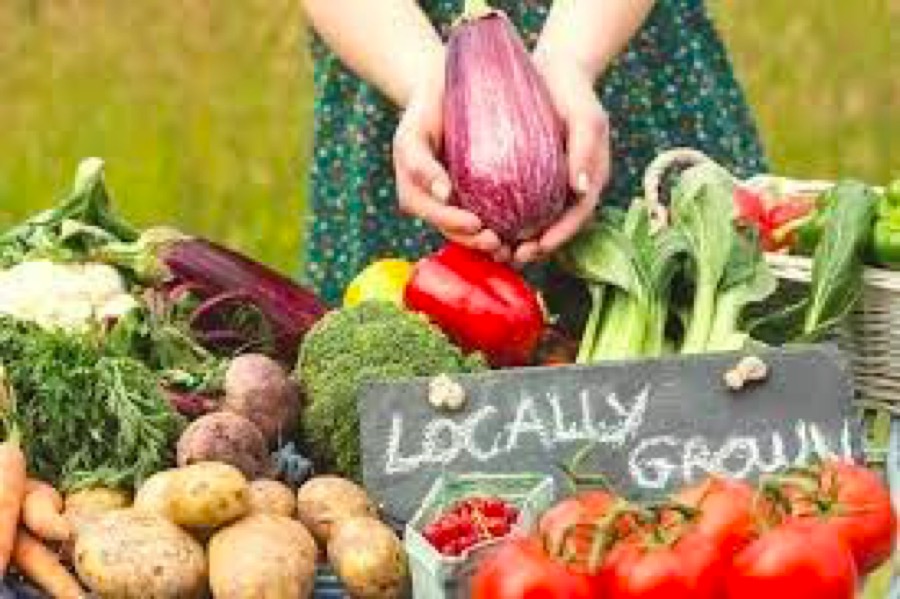
When you shop locally, where you visit, you help boost the local economy, benefit local communities, and help reduce the destination’s carbon footprint due to freight restrictions. So, wherever possible, eat fresh, locally farmed produce.
4. Choose a tour operator that prioritizes the environment

Tour activities involve people, logistics, suppliers, transportation and more. Each link in the chain can have a positive or negative impact on the environment. If you want to delegate all of your travel plans to someone else, be sure to choose a tour operator that prioritizes the environment, uses resources efficiently, and respects the local culture.
Lilys Travel is honored to be a tourist agency that wants to create great tours for the traveler and is also friendly with the environment. The objective of Lily’s Travel is to provide highly connected cultural tours to promote a connected, in-depth, professional, and friendly tourism sector in Vietnam. Lily’s Travel, in particular, is one of the few travel and tourist firms that focuses on humane social activities for the community, as well as ecological tourism that is in harmony with nature.
Lily’s Travel is now using 4.0 technology in tour construction to provide customers with the most realistic 3D experience possible before booking a tour. This is also a travel company that spends a significant amount of time researching and respecting the human travel experience to understand and provide the finest advice.
5. Don’t feed the animals
Sharing food with wild animals or getting close to them increases the risk of spreading diseases like colds, flu and pneumonia from person to animal. Furthermore, as animals become accustomed to receiving food from humans, their natural habits change and they become dependent on humans for survival. It can also lead to human-animal conflict in some circumstances.
6. Don’t eat wild animals
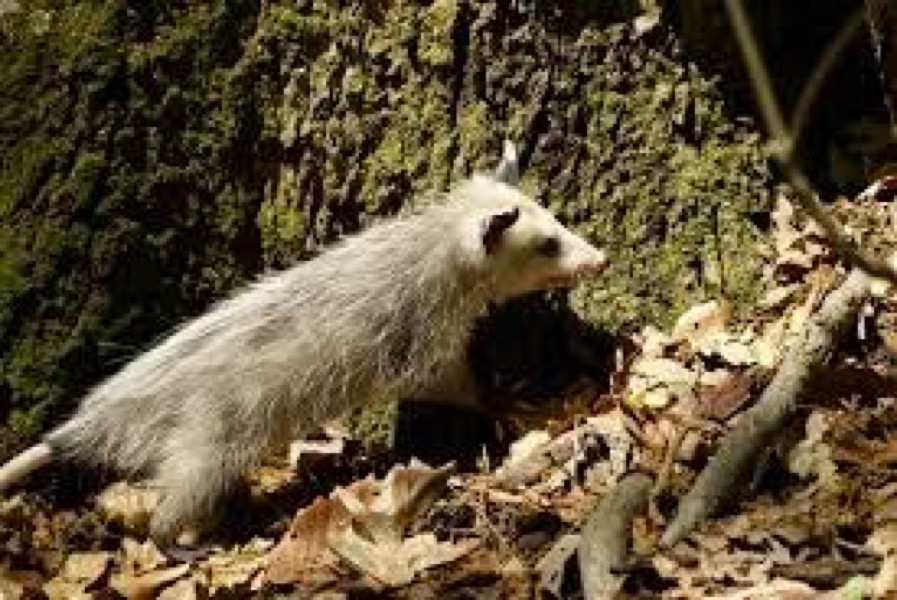
Consumption of endangered or exotic wildlife leads to increased poaching, trade and exploitation of wildlife. Besides harming individual animals, irresponsible eating can accelerate the extinction of species already threatened by climate change and habitat loss. When shopping for souvenirs, keep this in mind and avoid anything made from endangered wildlife.
7. Use public transport
Travel can increase CO2 emissions from transportation. Instead of taking a private car, use public transport such as trains, buses, and shuttles.
8. Stay at a homestay
Staying with locals or families (homestays) is a nature-friendly option that gives you greater access to local culture and customs. Staying at local homestays, visitors can gain insight into different lifestyles.
Read more: The best place to visit in Vietnam with family (suitable for outdoor activities)
9. Visit national parks and reserves
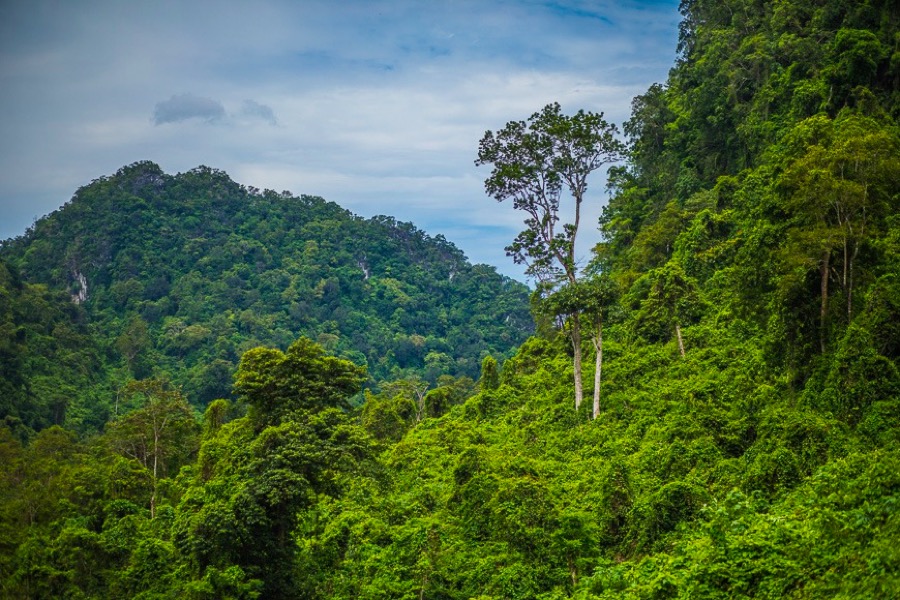
Exploring nature and wildlife in national parks is a great way to learn first-hand about the animals and their ecosystems. In some cases, your admission ticket can help support efforts to protect species and landscapes, as well as preserve natural spaces for future visitors to enjoy.
10. Don’t throw garbage indiscriminately
Please put garbage in the right place to avoid littering. Let’s make sure that we leave only good impressions and not bad impacts on the environment.
Especially, not eating all the food ordered or throwing it away is considered a waste and looks like disrespect to the people who made it. While you are eating enough, somewhere on Earth, millions of people are enduring through the day in hunger and thirst. In addition to wasting food, the amount of food thrown into the environment also emits greenhouse gases that change the climate. Buy only as much food as you need and use it up.
11. Propaganda on sustainable tourism
Get ready to travel in an environmentally friendly direction and it’s time to spread the word about tourism associated with environmental protection. Educate fellow travelers, friends and family that sustainable tourism benefits local people by increasing their income while protecting the environment will benefit all of us.
If you want to protect the environment, please join Lily’s Travel to build up and create the route for Vietnam responsible tourism.
Read more: List hotties domestic tourism in Vietnam
The best center Vietnam tour: Tour in Vietnam


